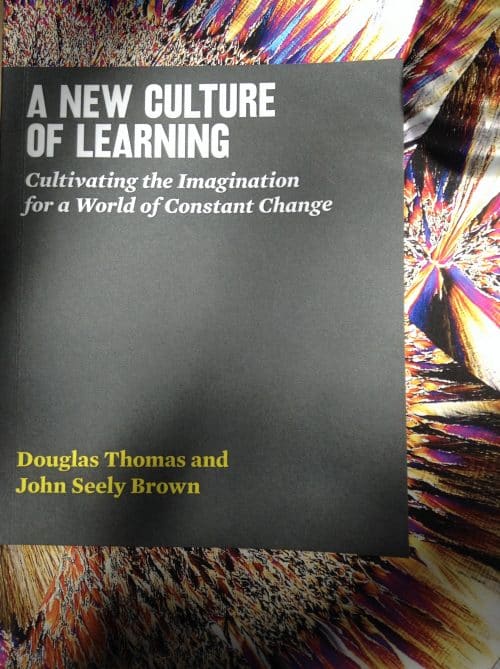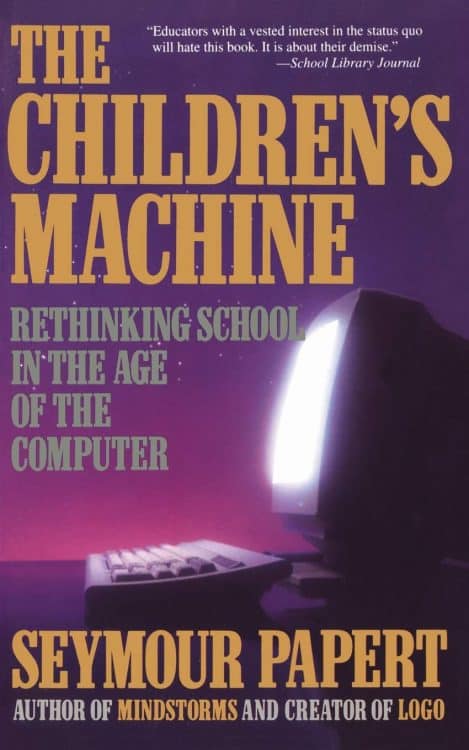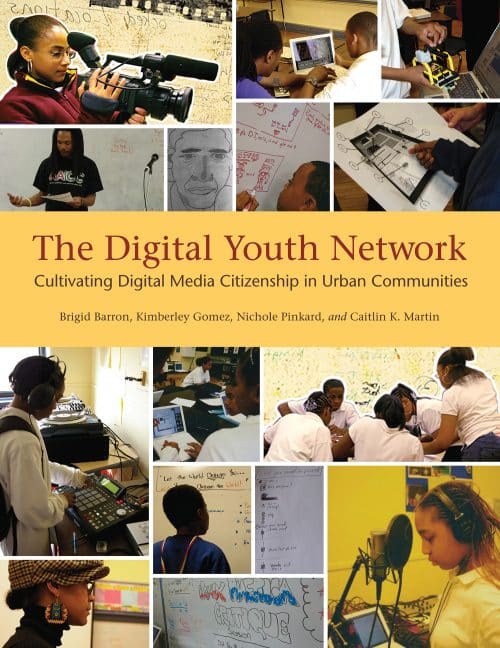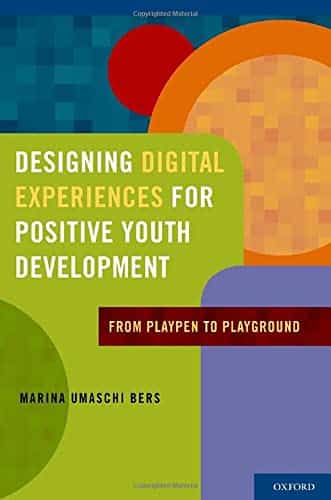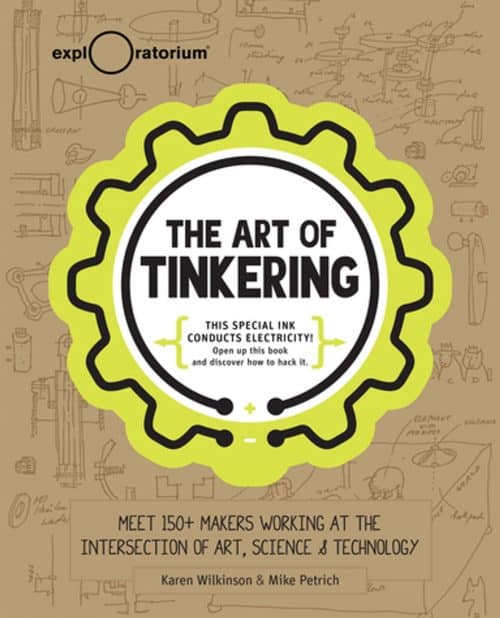Why does the northern Italian city of Reggio Emilia have one of the world’s best public early education systems? This book details a thorough and ground-breaking strategy that supports children’s wellbeing and intellectual growth by utilizing the “hundred languages of children.”
Educators in Reggio Emilia, Italy, use a systemic emphasis on symbolic representation to enhance children’s wellbeing and foster their intellectual development. Young children are encouraged to investigate their surroundings and communicate their ideas through a variety of means, or “languages,” including vocal communication, movement, drawing, painting, sculpture, shadow play, collage, and music, from birth until age six. This organic approach has proven to be quite successful, as evidenced by the youngsters in Reggio Emilia, who exhibit astounding displays of symbolic talent and creativity.
This book explains how the renowned preschool programs in Reggio Emilia and the practical procedures that go with them have reacted to the community’s demographic and political changes, as well as to generational shifts in both the teachers and the parents of the children. The authors give the reader a thorough overview of the Reggio Emilia experience and detail three of the work’s most significant central themes: relationships-based teaching and learning, the concept of the “hundred languages of children,” and how it has developed. They also discuss how to incorporate documentation into the processes of observing, reflecting, and communicating.




